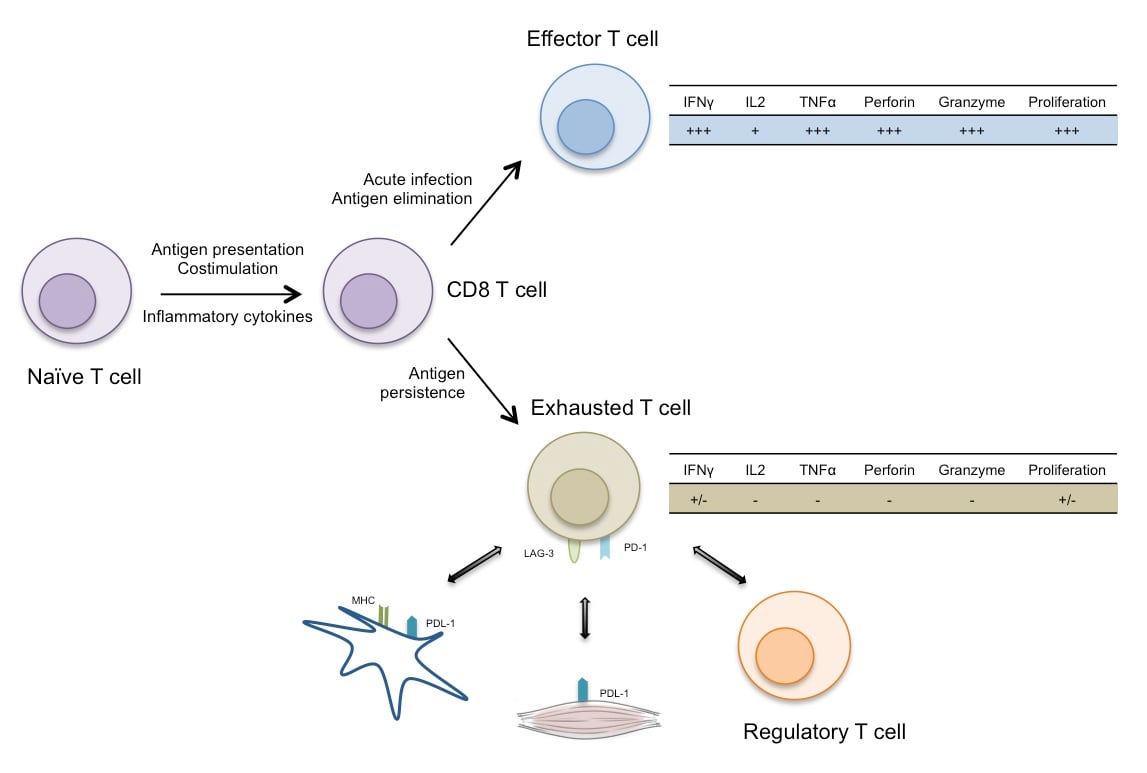New review in Human Gene Therapy
Dr Gernoux and Dr Mueller published a new review in Human Gene Therapy, in collaboration with Dr Wilson from UPenn, entitled "Regulatory and exhausted T cell responses to AAV capsid".
Abstract: Recombinant adeno-associated viruses are quickly becoming the preferred viral vector for viral gene delivery for the treatment of a wide variety of genetic disorders. However, since their use in a clinical trial targeting Hemophilia B patients 10 years ago, immune responses to AAV capsid appear to have hampered some of the early clinical gene transfer efficacy. Indeed, AAV-based gene transfer has been shown to reactivate capsid-specific memory T cells which have correlated with a decline in AAV transduced tissue in some patients. Importantly, clinical trials have also shown that this reactivation can be quelled by administering time-course taper of glucocorticoid steroids before or after dosing. More recently, two clinical studies have shown that AAV gene transfer is not only able to induce a deleterious immune response, but it can also result in the initiation of a tolerance to AAV capsid mediated by regulatory T cells and exhausted T cells. In this article, we review clinical trials describing immune responses to AAV, as well as the mechanisms responsible for immune tolerance in chronic infections and how it could apply to AAV-based gene transfer. A better understanding of both cytotoxic and tolerogenic immune responses to recombinant AAV will lead to safer gene transfer protocols in patients.

Figure 2. Mechanisms leading to T cell exhaustion.During infection, T cells are primed by antigen, costimulation signals, and inflammatory cytokines, and they differentiate into effector T cells. These cells show a cytotoxic (IFNγ, IL2 and TNFα secretion) and cytolytic (perforin and granzyme release) phenotype and a high capacity of proliferation (top panel). During chronic infection and/or recombinant AAV-mediated gene transfer, antigens persist in situ. T cells progressively lose their effector functions leading to T cell exhaustion. This exhaustion is driven by different pathways: interactions between regulatory receptors (PD-1 and LAG-3) and their ligands expressed by dendritic cells and/or target cells and interactions with immunoregulatory cell types such as Tregs (bottom panel).
The epub is accessible here.